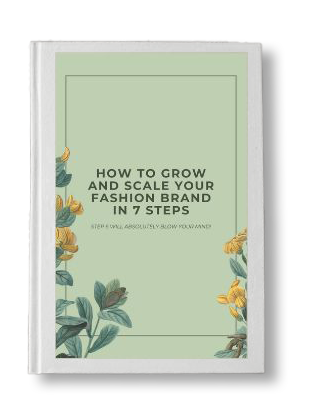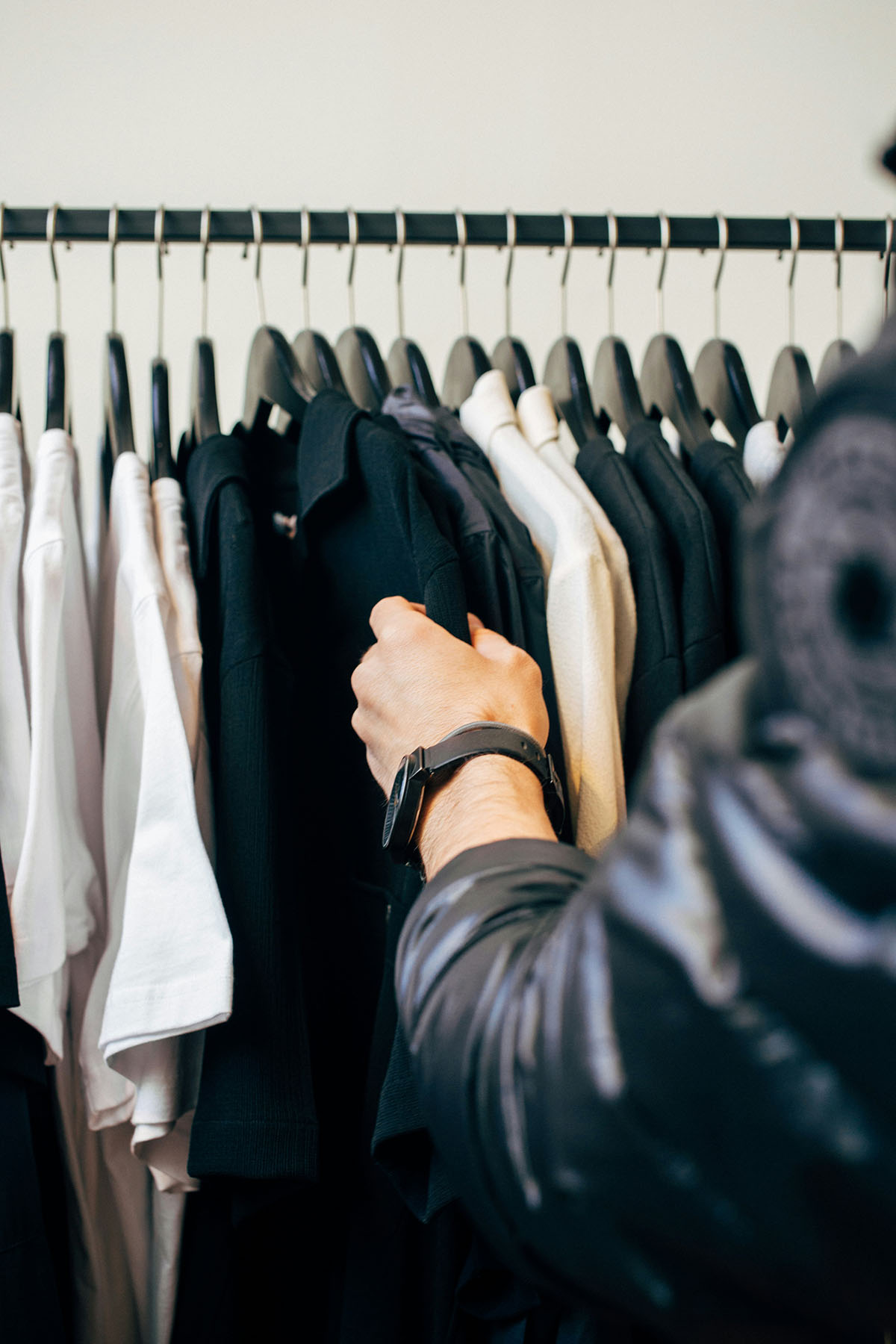When was the last time your customers could effortlessly find a well-fitting outfit? Why don’t women’s clothes fit properly?
In most cases, the verdict is clear. Despite your customers knowing their body measures properly, they have to sift through piece after piece in search of The One.
This can go on for hours and lead to frustrations – and in the worst-case scenario, abandoned carts.
Buyers and designers, both sides are negatively affected by this mismatch of expectations and reality.
Have you thought about why women’s clothing sizes are so all over the place?
Why on Earth is it so hard to find clothes that simply fit?
Throughout our years of practice as fashion designers, we have identified three main reasons why women’s clothes don’t fit properly.
Let’s look at the secrets behind one of the biggest frustrations for any modern woman (and brand).
#1 Clothes might be the same size, but their pattern is different
If you asked your customers what size they typically wear, what would they answer?
Probably they’d say something along the lines of “Well, most of the time I’m [their specific size]”.
A surprising number of women think they share a universal size, despite the differences between brands we outlined in another article of ours.
There’s one very fundamental reason why they’re wrong:
Clothing size depends on both the fit of the clothing and the elasticity of the fabric.
People rarely consider this detail when they order clothes. This intricate combination of factors is one of the main reasons customers see themselves jumping between different sizes all the time.
To illustrate, think of a straight-shift dress that’s not elastic at all. Buyers try on a couple of different sizes and in the end, they’ll find out that Large fits them the best.
Next time, they go ahead and try on a cocoon oversized jersey dress. It’s not only stylish – its fabric can be stretched quite a bit, as it wraps the body in comfort and style. The aspiring buyer tries on the Large…
Uh-oh. It’s enormous! They would never show up anywhere wearing this, it’s absolutely unthinkable!
In fact, even the Medium size dress is a bit too much. With eyebrows raised, the customer finds out that it’s the Small size of this dress that fits them perfectly.
Far too many women put too much trust into size labels, instead of keeping the fabric in mind. There’s one more thing that is crucial: it’s how the customers themselves feel in a particular dress.
Is it comfortable or uncomfortable?
This is the real question. Instead of worrying about size labels and sticking to “the one”, customers should grab different sizes, try them on, and experiment. Ideally, they’d take the one that really fits – according to their actual body measurements and shape, instead of inaccurate labeling frustrations.
This is exactly what the Size Sense AI algorithm does. But more on that later in this post.
Get a FREE copy of our eBook
Boost Sales For Your Fashion Brand!

A must read for every fashion designer and brand owner who wants to scale their business.
#2 Clothes might be the same size, but women’s bodies are different
Do men have a problem finding well-fitting clothes?
Yes, they do…but certainly, not as much as the amount of frustration a woman shopping for clothes experiences.
It’s no secret size inconsistency is largely a women’s problem. Men’s fashion usually involves fewer variations. Specialist Jessica Murphy who has helped many ladies find their size across brands has pinpointed the issue in an interview:
Men typically vary between two sizes at most. For women, this changes to at least three sizes! This is what fashion researchers call size migration.
One of the main reasons? Well, there are so many different body types among ladies.
And there comes a significant pain point:
As a brand, it’s very hard for you to account for all types of bodies. This is especially easy to see with dresses, but it also spreads to all other garment types.
We totally agree with the observations of fashion expert Janice Wang, who says the following: “…the root cause of many ill-fitting garments is the industry misconceptions that the hourglass figure is the dominant body shape today”.
Ready to be shocked?
Data from a few years back pointed out that the actual number of US women with an hourglass-shaped body is around 8.4% according to SizeUSA.
Compared with other main shapes like the rectangle shape (46.12%), spoon shape (20.92%), or inverted triangle shape (13.83%), this is a minority!
Yet this minority still drives industry standards…
So, what’s the solution?
Well, not every brand can cater to every shape and its beautiful little details. We’ve seen this in our years of practice as designers.
What we do as a size recommendation tool for Shopify stores is help you deliver true fitment to your customers. Our algorithm improves on other existing solutions by considering fabric elasticity and actual garment design.
This is how we achieve a 94% success rate in estimating the clothing fit. In a way, we reinvent the online shopping experience for your customers.
#3 Clothes might be the same size, but the suppliers are different
As we have previously discussed, there is no universal “template” for size charts. It’s up to brands to devise their own systems.
Was it different before?
Well, if we’re talking about the beginning of the 20th century, yes. Companies back then were required to be consistent with their sizes. The purpose was simple: everyone had to be able to buy garments without the need to actually try them on.
As time passed, populations got more diverse, and lots of new types of clothing were introduced to the market. As you can guess, this made it increasingly difficult to stick to only one standard. At one point, regulatory authorities gave up and let sizing tables stay only as voluntary guidelines.
This is why you can see variations in anything from dresses to jeans. We’re not talking about an inch or two either!
Let’s not forget vanity sizing also exists. It’s not an issue of your brand per se – vanity sizing has grown into an inseparable part of the industry.
Unfortunately, it remains one of the driving forces behind the fashion market.
There’s a harsh truth supported by research:
Many women are ready to buy outfits that make them feel good. A smaller size garment is proven to have such an effect.
However, the end result is more confusion around the elusive matter of sizing labels.
The silver lining?
This is one more reason for you to try out our size recommendation tool. Skip the effects of size inconsistency, help your customers stop wondering why women’s clothes don’t fit properly, and above all – deliver a seamless shopping experience to your customers.

Leave a Reply
You must be logged in to post a comment.